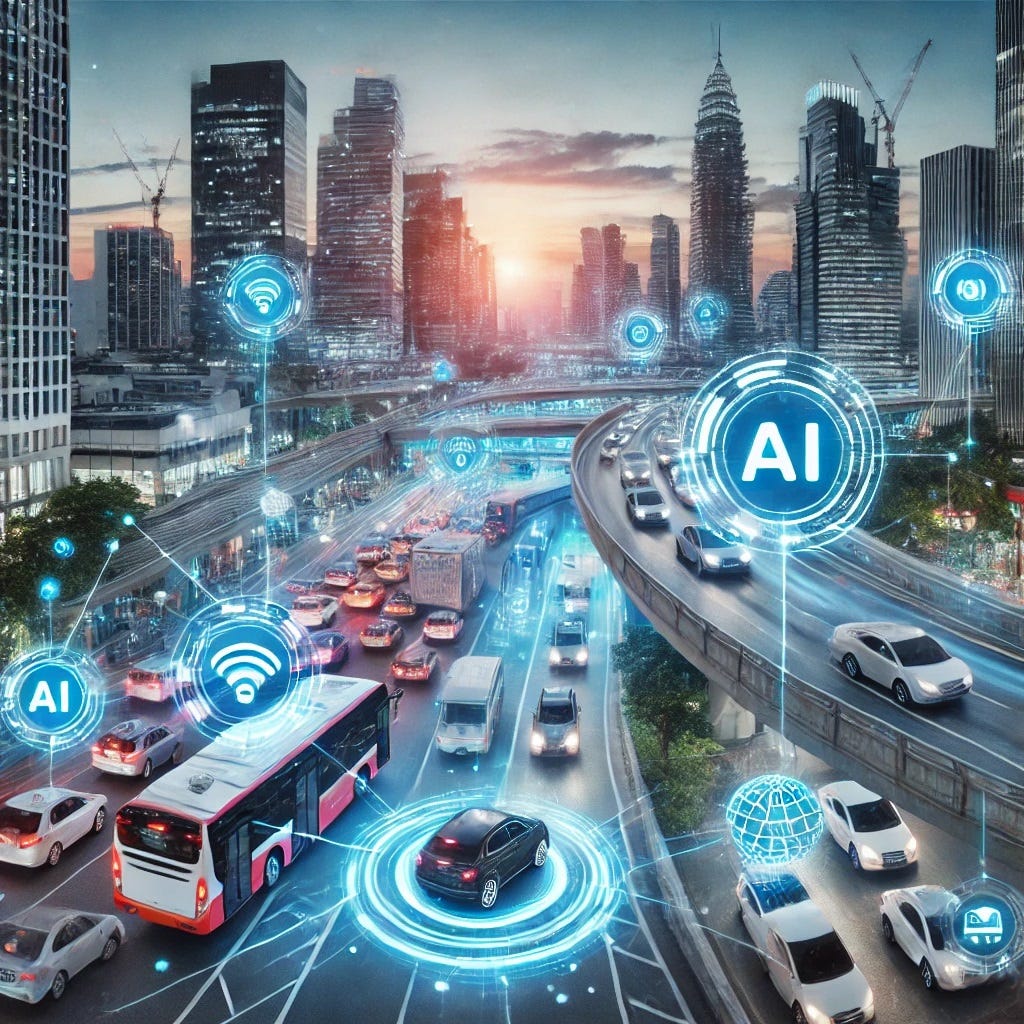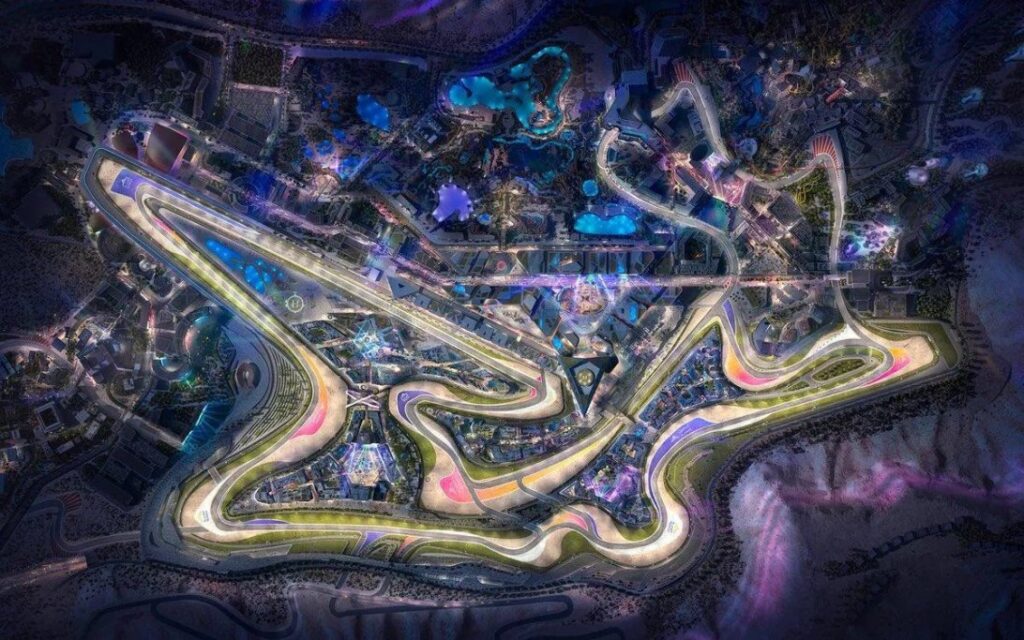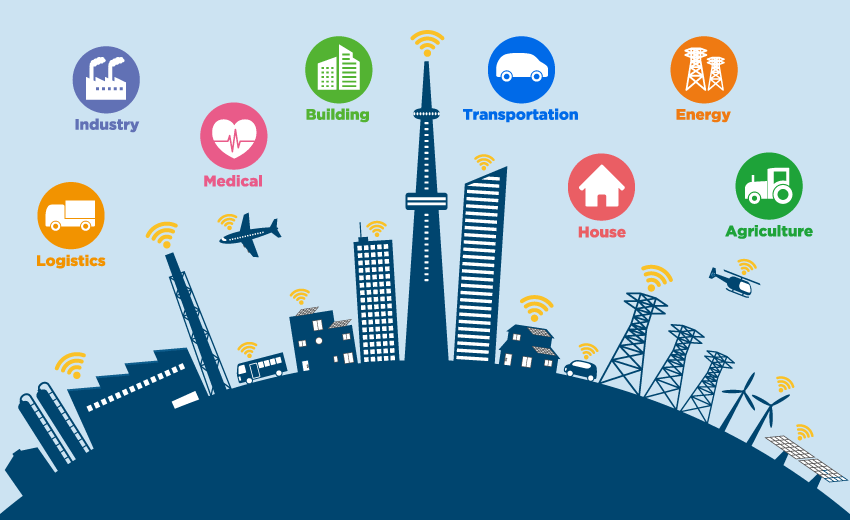AI Traffic Systems: A New Era for Urban Mobility
AI traffic systems are revolutionizing the way cities manage mobility. These intelligent technologies are replacing static, time-based signals with adaptive systems that respond to real-time traffic conditions. By leveraging sensors, cameras, and machine learning algorithms, AI-powered traffic lights can optimize flow, reduce gridlock, and even enhance road safety.
Why Traditional Systems Fall Short
Conventional traffic lights operate on fixed timers. They don’t account for unexpected congestion, pedestrian flow, or real-time incidents. As cities continue to grow, this model becomes increasingly inefficient.
What Makes AI Traffic Systems Different
AI traffic systems integrate live data from multiple sources—such as vehicle sensors, cameras, and connected infrastructure. They can predict congestion patterns, adjust signal timings in real time, and even prioritize emergency vehicles and public transportation.
Benefits of AI Traffic Systems in Urban Environments
Reducing Congestion and Wait Times
Adaptive traffic signals can significantly reduce wait times at intersections. Studies show that optimized systems can cut vehicle idling by up to 40%, making commutes faster and smoother.
Lowering Emissions with Smarter Flow
When vehicles move efficiently, fuel consumption decreases. AI traffic systems contribute to lower carbon footprints—especially in dense urban areas—supporting broader sustainability goals.
Enhancing Road Safety
AI systems can detect erratic driving behavior or identify areas with high pedestrian activity. In response, traffic signals can adjust to reduce risk and improve visibility at key moments.
How AI Traffic Systems Work
Data Collection and Real-Time Analysis
Cameras and IoT sensors continuously collect traffic data, which is fed into algorithms that analyze traffic density, vehicle types, and flow direction in real time.
Predictive Modeling and Proactive Response
AI doesn’t just react—it predicts. Using both historical and real-time data, the system forecasts congestion and makes proactive adjustments to optimize traffic flow.
Integration with Broader Smart City Infrastructure
To maximize their impact, AI traffic systems are often integrated with central command centers and other smart infrastructure—like emergency response services and public transit systems.
Case Studies: Cities Leading the Way
Abu Dhabi: Reducing Emergency Response Times
The UAE capital uses AI traffic lights to create green corridors for emergency vehicles. This system has reduced ambulance response times by 35%.
Barcelona: Real-Time Adaptive Control
Barcelona’s smart mobility platform incorporates AI-based traffic management to minimize congestion and improve air quality.
Challenges and Considerations
Data Privacy and Infrastructure Investment
Implementing AI traffic systems requires robust infrastructure and strong data governance. Cities must invest not only in physical equipment but also in cybersecurity measures to protect sensitive information.
Scalability Across Urban Zones
Each city has unique traffic patterns. Scaling AI systems across an entire urban area demands continuous learning and adaptation to local conditions.
The Future of Urban Mobility
As more cities embrace digital transformation, AI systems are poised to become part of standard urban infrastructure. When integrated with autonomous vehicles, electric buses, and IoT networks, they’ll offer unmatched control over urban mobility.
To get there, municipal leaders and planners must begin by piloting these solutions in high-congestion zones. Over time, a connected network of smart signals can reshape how we move through cities—safely, efficiently, and sustainably.
Final Thoughts
AI traffic systems represent a pivotal step toward intelligent urban planning. By adapting to real-time conditions, reducing emissions, and enhancing road safety, they embody the kind of smart infrastructure that MTi Arabia champions.
Explore how MTi Arabia can help you leverage these trends to revolutionize your city. Contact us here.



